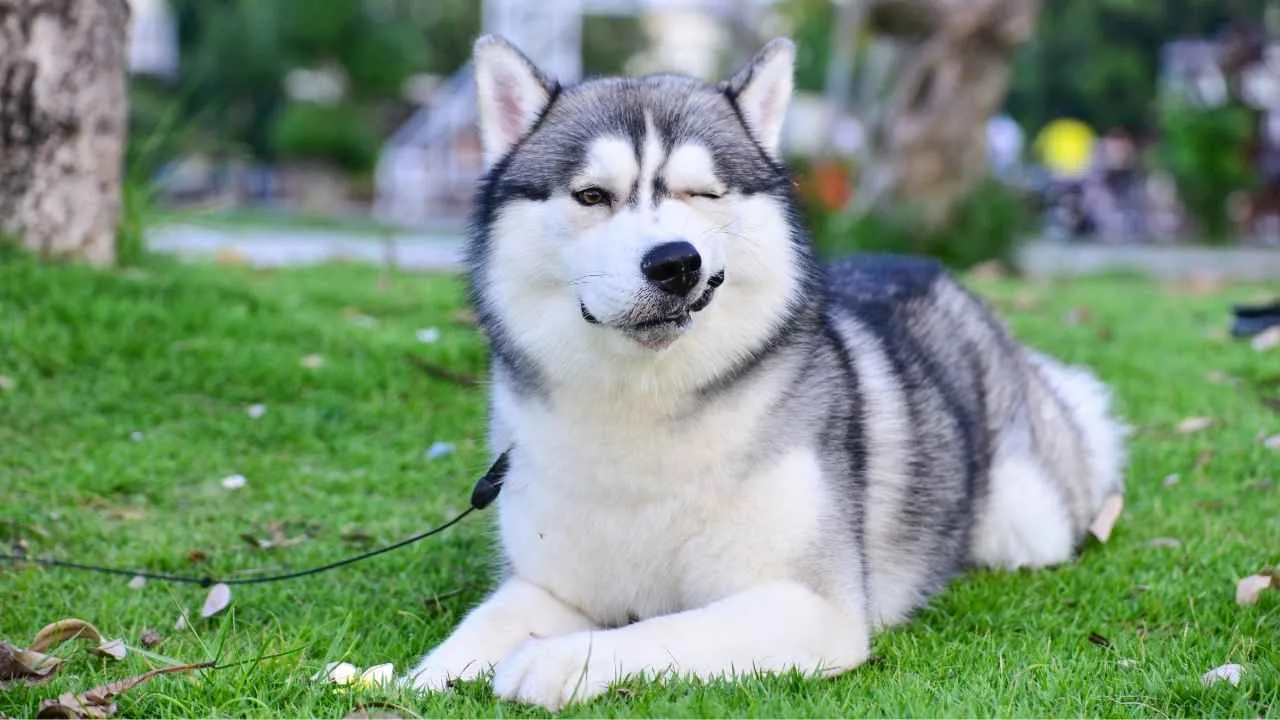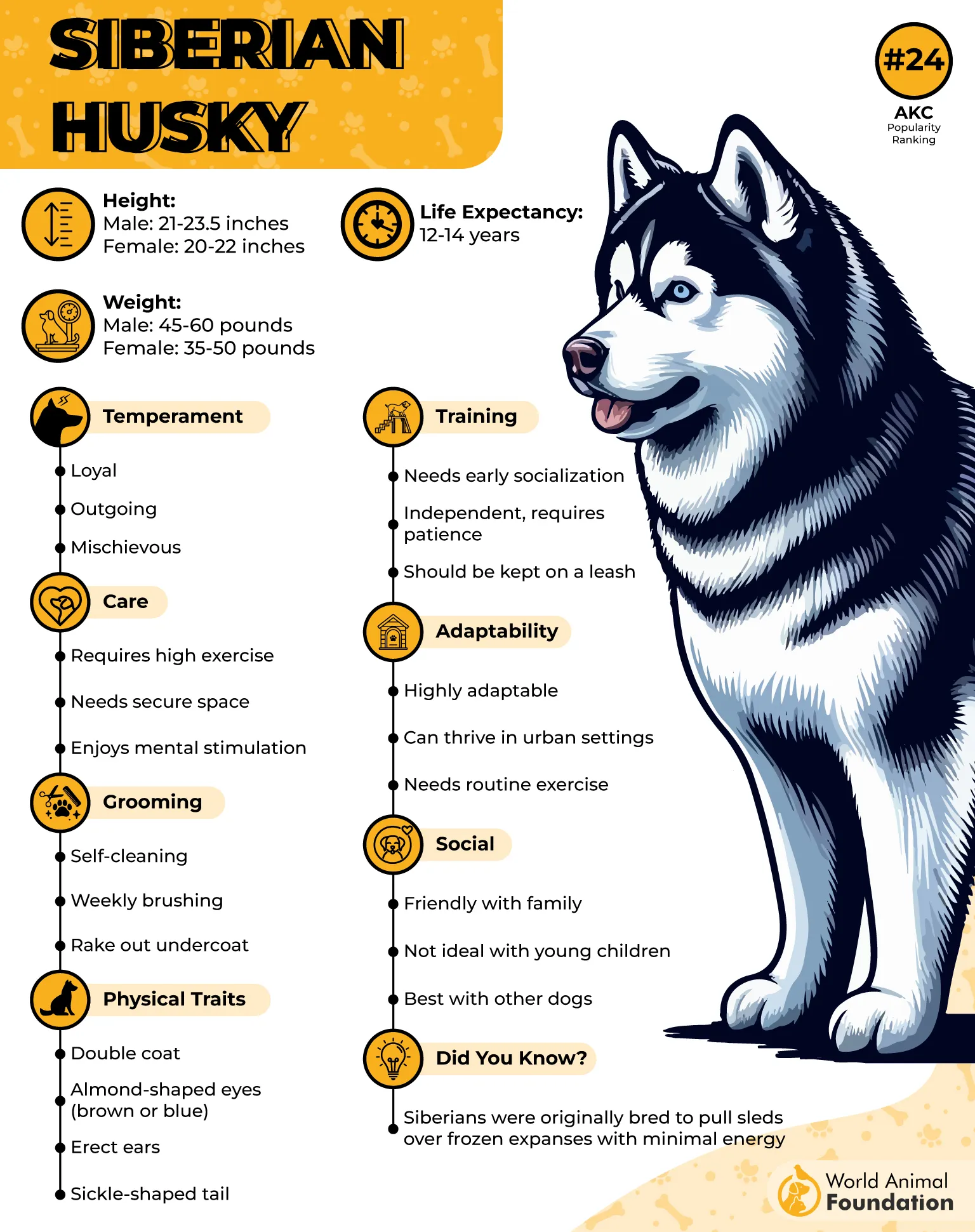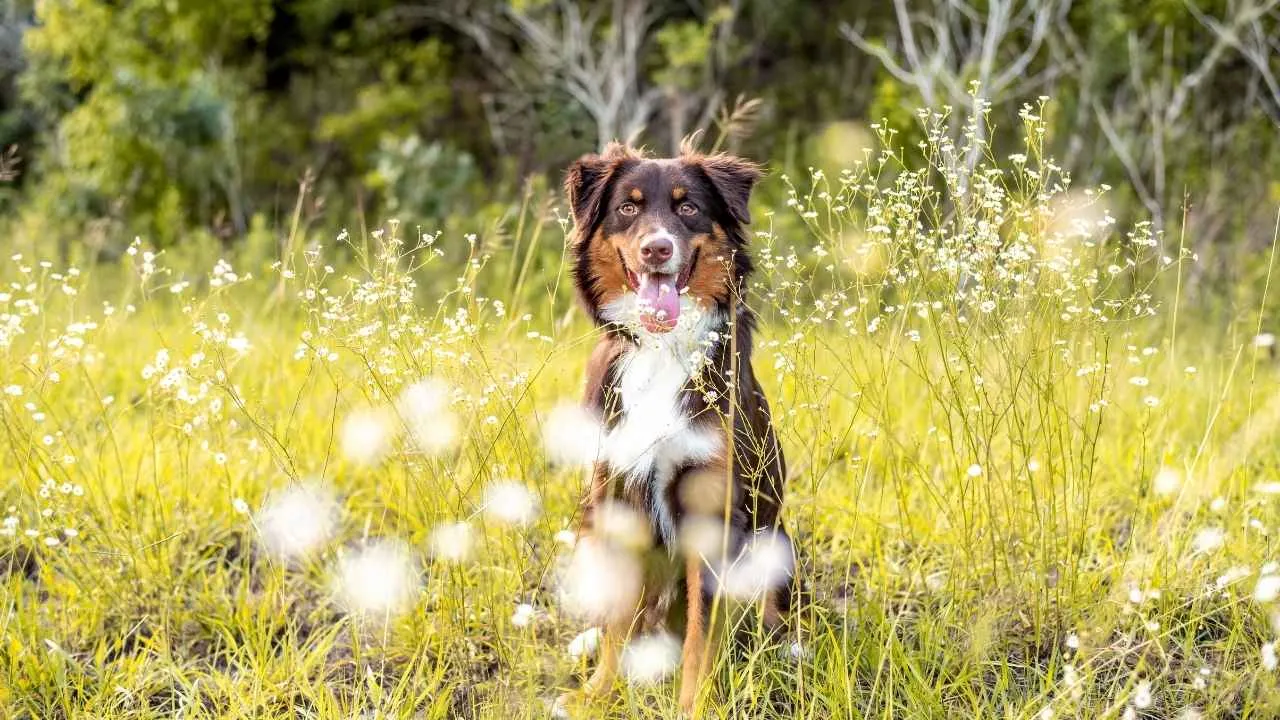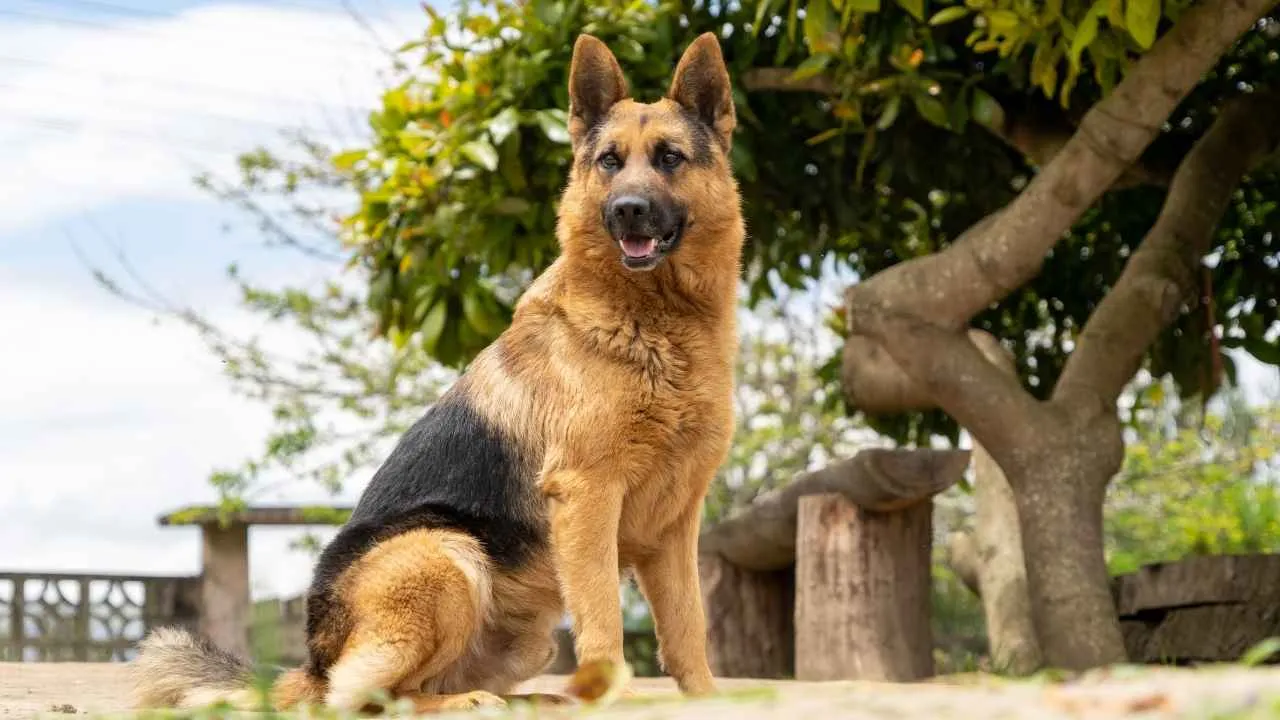Have you ever wondered whether dog breeds bark in subtly different ways when a stranger approaches? It turns out they do. In a landmark study using a habituation‑dishabituation setup, dogs showed distinct heart‑rate responses.
When a bark recorded during a stranger’s arrival was played back versus one recorded when they were left alone, even without visual cues. That means most dogs can detect context just from sound alone.
Around one in three dogs experiences separation anxiety or stress when they’re left alone—a form of anxiety that often leads to frustration, barking, or excessive barking when unpredictable events (like a person at the door) happen nearby.
Breeds bred for guarding or herding often produce lower‑frequency, slower barks when reacting to perceived threats, while others may emit rapid, sharp greeting barking. This variation isn’t random—it reflects both social evolution and human selection.
Dog Breeds That Bark Differently When Strangers Approach
Here are the 9 dog breeds:
1. Siberian Husky

When a stranger approaches, a Siberian Husky doesn’t react like most dogs. Instead of sharp barks or deep growls, they let out a piercing howl that sounds more like a wolf calling to its pack than a household alarm.
This behavior goes back to their roots as sled dogs bred by the Chukchi people of Siberia. Built for teamwork and survival, Huskies developed a unique way of communicating across long, snowy distances. That ancient instinct still lives in the breed today.

Siberian Huskies have a thick double coat, erect ears, and a bushy tail that they sometimes wrap around their face for warmth.
They are known for their striking eye colors—blue, brown, bi-colored, or even particolored.
Huskies are vocal and love to howl, with their howls carrying up to 15 km away.
They also whine, groan, and “talk,” but rarely bark.
Originally bred as sled dogs in Siberia, they have incredible stamina and a strong pack instinct.
They are intelligent but independent, often requiring firm and consistent training.
Huskies shed heavily, especially during seasonal changes, and need regular grooming.
They are natural escape artists, so secure fencing is essential.
Social by nature, they thrive in pack environments and enjoy being around other dogs.
2. Australian Shepherd

When a stranger approaches, the Australian Shepherd reacts quickly and decisively. This is a breed that doesn’t miss much. Their bark tends to be sharp, insistent, and sometimes accompanied by circling or herding behavior.
They’re not aggressive by nature, but their instinct to manage movement kicks in, especially when someone unfamiliar enters their territory.
According to WebMD, that intense energy needs an outlet, and if it isn’t channeled through play, training, or daily walks, it can come out in excessive barking or pacing. These are dogs that thrive when given a job—even if that job is just monitoring the front yard.

Australian Shepherds are herding dogs with a strong instinct to control movement, which can extend to kids or other pets if not properly managed.
Many are born with naturally bobbed tails or have docked tails, giving them a distinct look.
Their eyes are often unique—heterochromia is common, and some have two colors in one eye.
As working dogs, they thrive when given a purpose and tend to fixate on tasks that hold a dog’s attention.
Aussies shine in dog sports like agility, obedience, and herding thanks to their intelligence and athleticism.
The dog’s behavior can be affectionate, loyal, and protective, though they may be reserved with strangers.
These social animals enjoy being part of the family or a pack and can become anxious if left alone too long.
3. German Shepherd

When a stranger approaches, a German Shepherd doesn’t just bark—they announce. Their vocalizations are deep, commanding, and often rhythmic, designed to signal potential threats and make it clear: this house is protected. What makes it more intense is how controlled it is. You won’t get chaotic yapping.
With herding instincts still intact, they often place themselves between their humans and unfamiliar people. But they don’t just act out of instinct—they act with intent. German Shepherds are analytical.
According to the American Kennel Club (AKC), their strong work ethic and emotional sensitivity mean they’re constantly reading body language and reacting accordingly.

German Shepherds have strong herding instincts, even today, and need regular physical and mental outlets to manage that drive.
They’re known for their physical strength, athletic build, and smooth, powerful movement that shows off their endurance.
During World War I, their impressive performance in military roles helped them gain international recognition.
Ranked as the third smartest breed by dog trainers, German Shepherds learn quickly and respond well to structured training.
They are naturally protective and can be wary around different people, making early socialization essential.
While affectionate with their owners, they’re often reserved with strangers and always alert to their presence.
4. Alaskan Malamute
When a stranger approaches, don’t expect the Alaskan Malamute to sound an alarm. They’re not built that way. Unlike traditional watchdogs, Malamutes tend to observe first and vocalize second—and even then, it’s often in the form of a rising howl rather than a bark.
Their vocalizations are more social than defensive, echoing their roots in tight-knit sled dog packs where communication was constant and barking wasn’t the primary tool.

Alaskan Malamutes have a wolf-like appearance, with a broad head, erect ears, almond-shaped eyes, and a strong, powerful frame.
Their thick, fluffy tail is often curled over their back, and in colder climates, they may even curl it over their nose for warmth.
They have a dense double coat built for extreme cold, which requires a regular grooming process to stay clean and healthy.
Malamutes can adapt to different situations, but they thrive best in environments where they can stay active and feel like part of a pack.
Raising and training one is a rewarding process that demands patience, consistency, and lots of physical engagement.
5. Miniature Schnauzer
Their bark is sharp, high-pitched, and persistent—designed to alert, not intimidate. Small in size but big in confidence, they tend to station themselves at doors or windows, reacting quickly to unfamiliar movement or voices.
They don’t hesitate. This breed takes its watchdog role seriously, and even minor changes in the environment can trigger a flurry of barking.
Miniature Schnauzers are known for their big personality packed into a small, sturdy frame.
They often greet their families with tail wags and bursts of excitement, making them lively companions.
Their expressive eyebrows and wiry coat give them a distinctive, almost human-like appearance.
While friendly and affectionate, they can show signs of aggression if not properly socialized, especially toward unfamiliar dogs.
Their alert nature and loud bark make them excellent watchdogs, always aware of what’s going on around them.
Miniature Schnauzers thrive on routine and mental stimulation and can get bored without enough engagement.
6. Yorkshire Terrier
When a stranger approaches, a Yorkshire Terrier is already on it. Don’t let the tiny size fool you—this dog has the heart (and bark) of a guard dog ten times its size. Yorkies are known for their vocal personality and keen alertness.
Their bark isn’t deep, but it’s sharp, repetitive, and confident—often continuing until they feel the situation is resolved. It’s not just barking for the sake of noise; it’s a genuine response to what they perceive as a disruption to their space.
Yorkshire Terriers may be small, but they have bold personalities and a confident presence.
They’re known for their silky, floor-length coat and expressive faces.
While affectionate with their families, they can be fearful around strangers or loud environments if not socialized early.
Yorkies can be great with children when raised together, but supervision is key due to their small size and sensitive nature.
They’re smart and curious, and it’s important to teach them boundaries early on to avoid bossy or stubborn behavior.
Their sharp hearing means they’re quick to hear and respond to unfamiliar sounds, often making them alert little watchdogs.
7. Rottweiler
When a stranger approaches, a Rottweiler might not bark right away—and that’s exactly what makes them so effective as silent guardians. They’re naturally reserved, watching and assessing before making a move.
But once they decide a situation needs intervention, their bark is unmistakable—deep, resonant, and powerful. For a breed that doesn’t waste energy on empty alerts, that kind of vocalization means they’ve made up their mind.
Rottweilers have a powerful bite force of 328 lbs.
Their short, dense coat makes grooming simple and low-maintenance.
They can be stubborn, so early training and socialization are important.
The breed may trace its origins back to Roman times.
They are named after the German town of Rottweil.
Originally bred to herd cattle and pull carts.
Highly versatile—they’ve served as police dogs, therapy animals, and more.
Despite their strength, they’re gentle and affectionate with family.
They enjoy both physical activity and quiet time at home.
Due to their loose lips, they can be prone to drooling.
8. West Highland White Terrier
When a stranger approaches, the West Highland White Terrier doesn’t hesitate. Despite its small frame, this breed packs a loud, assertive bark that kicks in the moment something unfamiliar enters its environment.
Westies are known for being bold and outspoken, and they’ll let you (and the whole neighborhood) know that someone new is nearby. Whether it’s the mail carrier or a visiting guest, their alert barking tends to be sharp, persistent, and full of confidence, not fear.
West Highland White Terriers, or Westies, are known for their bright white coats and spunky personalities.
They’re naturally curious and eager to engage with their surroundings, often poking their noses into whatever catches their attention.
Friendly and confident, Westies usually handle new faces well, though they may be a little stubborn at first.
Their playful nature makes them a hit with families, and they adapt well to different types of households—from apartments to larger homes.
Despite their small size, they have a strong prey drive and were originally bred to hunt vermin.
Regular grooming is needed to keep their thick, wiry coat looking its best.
9. Chihuahua
When a stranger approaches, a Chihuahua reacts like it’s 10 times its size. Their bark is sharp, quick, and immediate—like a personal alarm going off. It’s not about volume; it’s about intensity.
Chihuahuas don’t wait to see if someone’s a threat—they assume they are until proven otherwise. This breed doesn’t bluff. Even a friendly guest can be met with a volley of yaps until the dog feels the space is safe again.
According to PetMD, Chihuahuas are the smallest dog breed in the world, but they carry themselves with boldness and attitude.
They are alert and quick to hear anything unusual, making them excellent little watchdogs.
They’re sensitive to cold weather due to their tiny size and short coat, so sweaters aren’t just cute—they’re practical.
Though they don’t need a ton of exercise, they do enjoy short walks and indoor play.
Conclusion
Dogs bark differently when strangers approach because each breed—and each individual dog—has its way of interpreting and responding to unfamiliar situations. Some bark loudly to alert their humans, others use softer vocal cues, or even stay silent while observing. These reactions are shaped by factors like socialization from an early age, exposure to new people, and experiences with other animals.
A dog that’s been well-socialized tends to respond with curiosity rather than fear, while one that hasn’t may bark out of uncertainty or anxiety. Eye contact can also influence their behavior—some dogs see it as a threat, while others use it to read intent.
At their core, all canines use barking as a tool to communicate discomfort, protect their space, or seek reassurance. Understanding these signals is key to creating a safe and respectful environment for both dogs and humans.


